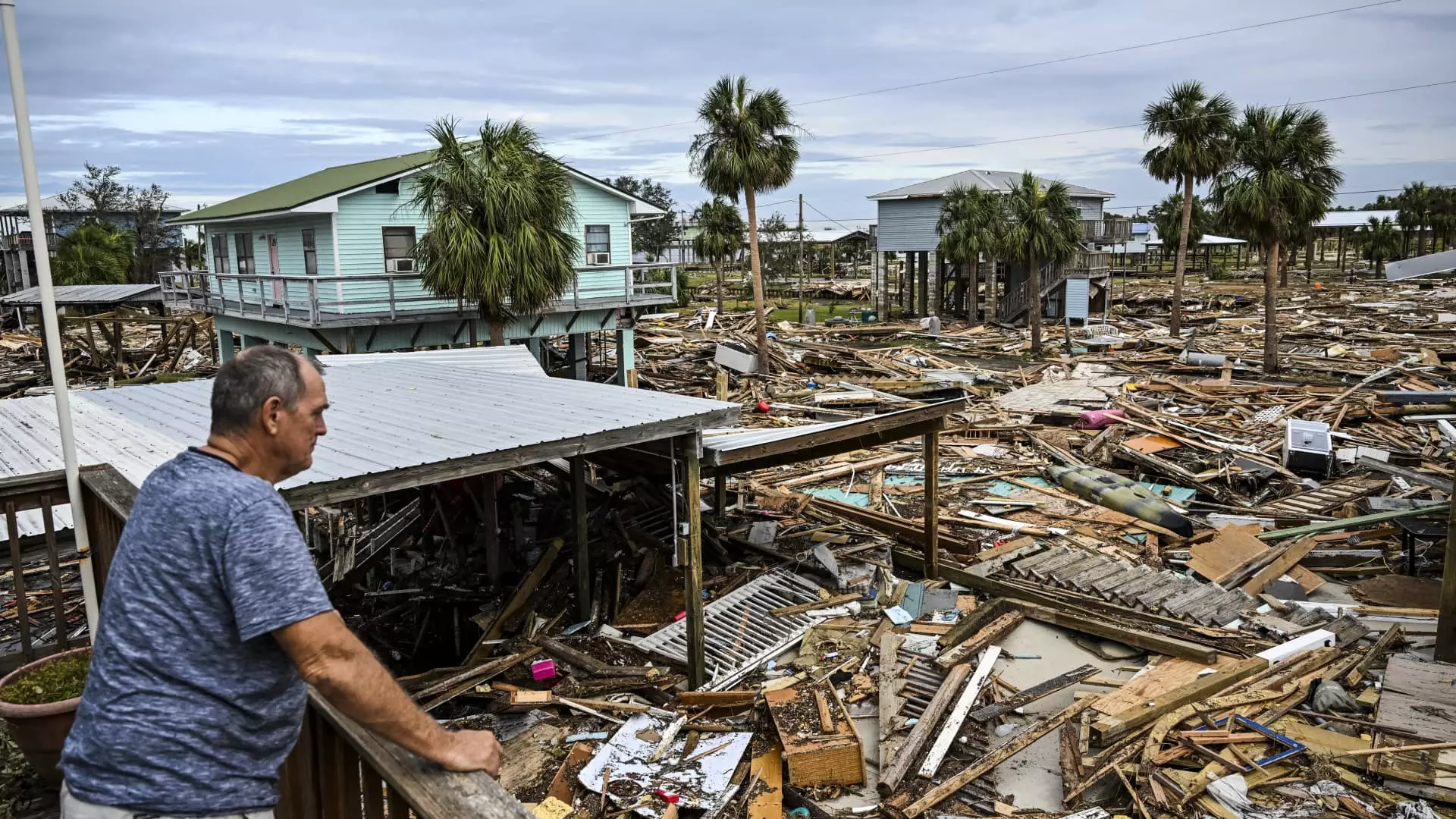Natural disasters can wreak havoc not just on infrastructure and natural landscapes but also on the financial stability of families and individuals. As we saw recently with the devastating impacts of Hurricanes Helene and Milton, many homeowners face significant losses that may amount to billions of dollars. While insurance and aid might offer some relief, the complexity of tax regulations concerning casualty loss deductions adds an additional layer of stress. This article aims to demystify the process of obtaining tax relief following a disaster, detailing who qualifies and what steps need to be taken.
The IRS provides specific provisions for individuals who experience property loss due to federally declared disasters. The casualty loss tax deduction allows affected taxpayers to amend their previous year’s tax returns to accommodate losses incurred from such events. It is significant to note, however, that qualifying for these deductions can be intricate, especially since the Tax Cuts and Jobs Act of 2017 has limited the scope of eligible losses.
Previously, taxpayers could claim a broader range of personal losses, including those from fires or storms, provided they itemized their deductions. However, the current requirement stipulates that only losses sustained in federally declared disaster zones remain eligible for relief until 2025. This limitation has caused confusion among many taxpayers trying to navigate the intricacies of disaster-related losses.
To embark on the calculation of a casualty loss deduction, a taxpayer must first ascertain the “adjusted basis” of their home. This figure includes the original purchase price along with any qualifying improvements made to the property. Beth Brennan, vice chair of the disaster relief tax task force at the American Institute of Certified Public Accountants, emphasizes the importance of understanding the decline in a property’s fair market value due to the disaster. The challenge, however, is that many people may lack an appraisal of their property immediately prior to the disaster, leading to uncertainty in their loss calculations.
Fortunately, the IRS has established “safe harbor methods” that taxpayers can utilize, which do not depend on property appraisals. Once the pre-disaster fair market value is determined, it must be compared against the adjusted basis. The taxpayer then takes the lesser of the two values and subtracts any insurance payouts or relief payments received before reaching the final calculation.
Additionally, the deduction must account for $100 plus 10% of the taxpayer’s adjusted gross income (AGI). This rule introduces a variable aspect to the calculation, meaning those with a higher AGI will experience a greater reduction in their claimed losses.
For taxpayers who qualify under certain disaster designations, additional relief measures may apply. In such cases, the threshold for the deductible amount rises from $100 to $500. Notably, these qualified disaster losses also do not have the 10% AGI limitation impacting their claims, allowing victims greater latitude in accounting for their losses. Furthermore, taxpayers may be able to add their casualty loss deduction on top of the standard deduction available to them.
This nuanced regulation illustrates the often convoluted relationship between tax relief and disaster management. Understanding these provisions is crucial for those impacted by such events, as timely and accurate filing can significantly alleviate financial burdens.
Given the complexity of tax relief options following a disaster, consultation with tax professionals is highly recommended. Tax experts can offer tailored advice based on individual circumstances, shedding light on potential eligibility and ensuring that taxpayers navigate the intricate rules effectively. With the ever-changing landscape of tax legislation, those affected must stay informed about their rights and opportunities.
While natural disasters bring devastation and turmoil, understanding the available tax relief avenues can provide significant financial aid to victims. By educating themselves about casualty loss deductions and the specifics surrounding their qualification, taxpayers can take proactive steps to recover from such tragedies. The road to financial recovery after a disaster is fraught with challenges, but with the right knowledge and support, individuals can find a way to rebuild their lives.

